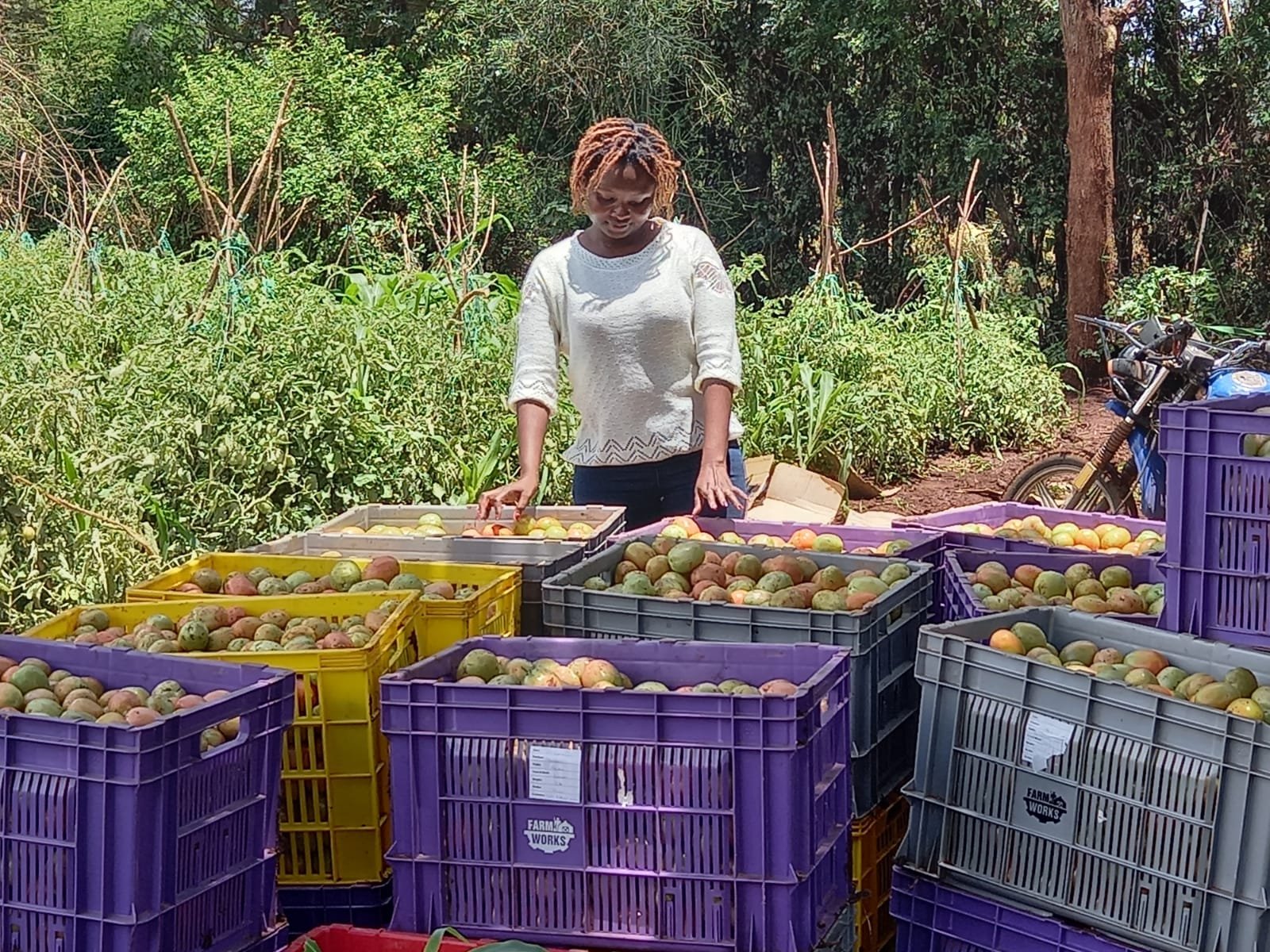
Women play a crucial role in agriculture, producing a significant portion of the world’s food. Yet, when it comes to selling their harvest and earning a fair income, they face systemic barriers that limit their financial independence. One of the most pressing issues is their exclusion from fair markets, which keeps them trapped in cycles of low income, vulnerability, and economic instability.
🔴 The Root of the Problem
Many women farmers do not have direct access to markets. Instead, they rely on intermediaries—middlemen who dictate prices, delay payments, or misuse funds meant for the farmers. This lack of control over sales and earnings leaves women vulnerable to financial exploitation and reinforces gender inequalities in the agricultural sector.
Key Challenges Women Face in Market Access:
Why This Matters
1.Food Security is at Risk
Women make up nearly half of the agricultural workforce in many regions, yet
their exclusion from fair markets means less food production and lower economic
output. If women farmers had the same access to markets as men, global food
production could increase significantly, helping to combat hunger and
malnutrition.
2.Lack of Financial Independence Limits Women’s
Decision-Making Power
When women farmers don’t receive payments directly, they lose financial
autonomy. This affects not just their personal financial security but also
their ability to make important household and farm-related decisions—reinforcing
economic and social inequalities.
3.Economic Growth is Stunted
Agriculture is a key economic driver in many developing countries, including
Tanzania. However, when half of the farming population is excluded from fair
markets, the entire economy suffers. Studies show that closing the gender gap
in agriculture could increase GDP growth and rural development.
4.Women are More Vulnerable to Climate and Economic
Shocks
Without direct earnings, savings, or credit access, women farmers have fewer
resources to protect themselves from unexpected challenges, such as droughts,
floods, or economic downturns. This makes them highly vulnerable to crises that
can wipe out their livelihoods in an instant.
Women should not have to work twice as hard just to receive half the earnings. It’s time to ensure that women farmers are not just participants in agriculture but equal players in the marketplace. Let’s work together to build fair, inclusive, and transparent agricultural markets that empower women, drive economic growth, and enhance food security for all.